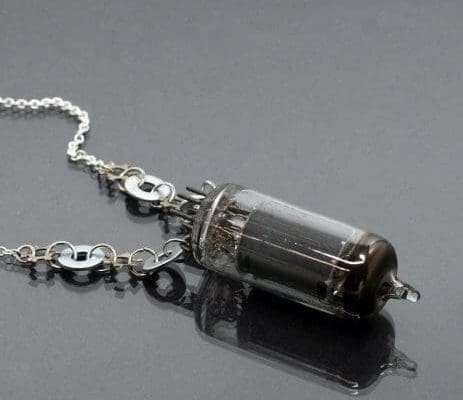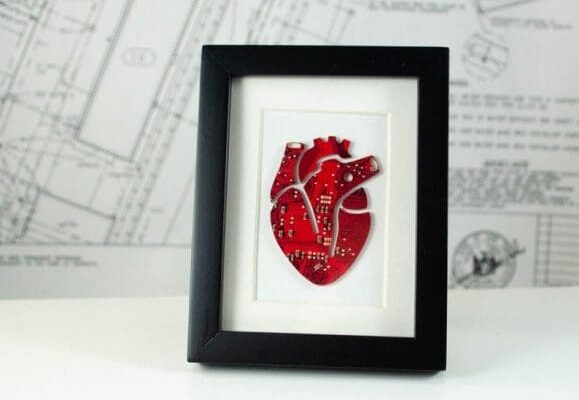Earth day is next week on April 22nd. Over 50 years ago, the day was created as a way to raise awareness of the environmental issues we face.
Now is the perfect time to think about how the technology we use every day will affect our environment. With small but smart products and decisions, we can take steps to reduce our waste, energy consumption, and emissions.
So what can you (reasonably) do to help? Keep on reading!
Why is Earth Day Important?
In 1970, 20 million Americans protested in the streets that we needed to make a drastic change for the health of our Earth. This demonstration led to the creation of the Environmental Protection Agency (EPA), Clean Air Act, and Clean Water Act. Before, there were no legal protections or regulations made to protect our environment.
So that’s it, right? Thanks to these things, our environment is safe? Sadly, no. Today, Earth day is the largest civic event in the entire world. We still need to raise awareness about climate change and global warming.
“But why?” you may ask, and that’s a valid question. “Why is this important?” Our world is innovating and advancing at a break-neck pace, and it seems we’re in a good spot. However, the data shows that if we don’t make small changes, we might be in trouble.
Just for a comparison, we’ll walk through some data from the first year of Earth Day (1970), and the most recent data we have 50 years later.
1970 |
2020 |
|
Global Atmospheric Concentration of Carbon Dioxide |
~327ppm | > ~410ppm |
Change in Average Global Temperature) |
+ 0.1°C | + 1.0°C |
US waste per person per day |
3.25 lbs | 4.51 lbs |
US Waste in total per year |
120 million tons | 265 million tons |
The data doesn’t lie: even with the drastic changes in the 70’s, we still have a ways to go. But how can you help?
Technology Tips to Help the Environment
As a company in the tech industry, we want to focus on easy technology changes you can make that will benefit our environment.
Buy Sustainable Accessories
There thousands of different cases and cables you can buy for your tech products. Chances are that you’ll need a new phone case 6 months from now, or your charging cable will eventually break. There are more sustainable choices out there than cheap plastic. If the option’s available, you should first look for compostable or biodegradable options. If those are hard to find, try to find recycled accessories.
Smart Products can Save Energy
If we walked into your home right now, there’s a high likelihood that I would find some kind of ‘smart’ product. Thankful, we’re not creepers, so we won’t do that. But if you’re someone that doesn’t yet have inanimate objects you can talk to, you should start with smart light bulbs and plugs. By setting off-timers for these products, you’ll ensure that you’re only using energy you actually need.
But what if you don’t want smart stuff? Even if they’re regular bulbs, an LED light bulb uses 75% less energy than an incandescent one. When leaving a room, just flip the switch for the lights. Also, you should unplug anything you’re not actively using. This energy loss from unnecessary plugins costs around $165 a year, and is responsible for almost 5% of our residential electricity use.
Stay Digital When Possible
If you know Slingshot, you know we love our sticky notes. And we’re definitely not saying stop using paper all together – that’s just not possible. But when you can, you should try and use digital options. 45% of paper printed in offices ends up trashed the same day. What if you sent that in an email, or wrote it on a Google Doc? Not only is cloud storage safer than a filing cabinet (especially from a fire), but you’re able to access data from anywhere, all while helping the Earth.
Drive Electric in a Few Years
Now wait – we’re not saying sell your car today. That’s not realistic, and probably not possible for most people. However, it’s important to remember that we won’t have gas forever; it’s a finite resource. In the next few years, you may be shopping around for a new vehicle. If you’re able to and the option’s there, you should look into either a partially or completely electric car. The average electric vehicle pollution is the equivalent of a gas car with 88 mpg. For perspective, that doesn’t exist: the most efficient non-hybrid car is the Mitsubishi Mirage, and sits at around 39 mpg.
Reduce, Reuse, Recycle, and Upcycle
We’re sure you’ve heard of the “3 R’s” (and possibly the bonus “U”). When it comes to tech, you should reduce unnecessary waste, reuse (or donate) any products you can, and recycle any old or broken hardware.
Reduce waste by switching to rechargeable batteries, as by 2030 global waste from single-use Li-ion batteries will hit 2 million tons per year. Donate any functional tech you have to a local non-profit – there’s several around the city and across the river. And if it just doesn’t work anymore you can recycle broken tech at this Louisville Public Works Recycling plant. Batteries go to a different place: the Haz Bin.
But what about the cool new kid on the block: upcycling? Upcycling is when you reuse materials you would normally throw away to create a product different from the original. A cool trend with tech upcycling is creating art with old computer parts. Check these out!
Conclusion
You don’t have to make life-altering choices today to help the environment. Even a small change is a step in the right direction. Look for sustainable alternatives if you can, and make a switch for the better.







